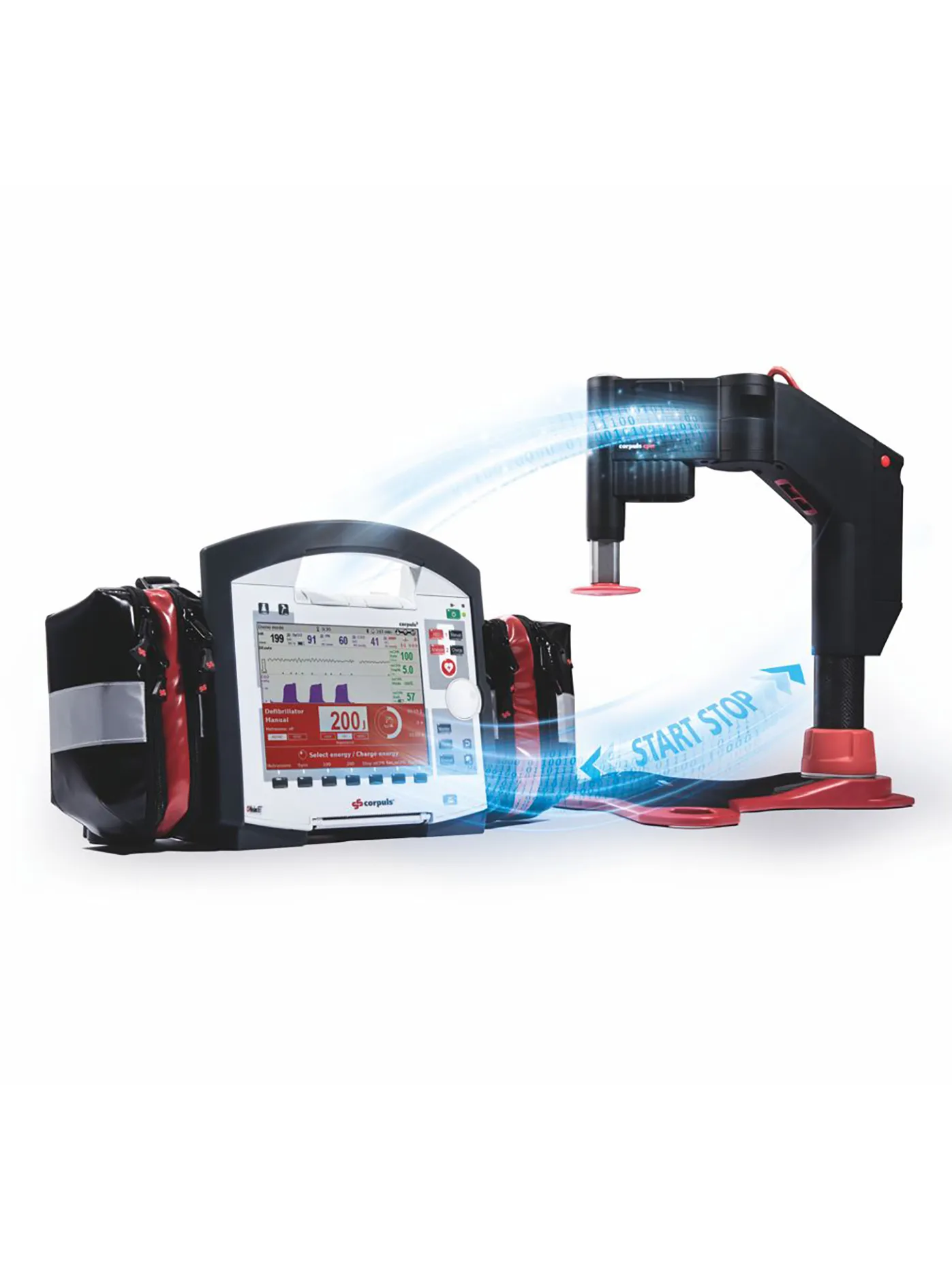Defibrillators are life-saving medical devices designed to restore normal heart rhythms in patients experiencing sudden cardiac arrest, a condition in which the heart’s electrical system malfunctions, causing the heart to beat irregularly or stop altogether. These devices deliver a therapeutic shock, known as defibrillation, to the heart, which can help re-establish a normal heartbeat. There are two primary types of defibrillators: automated external defibrillators (AEDs) and implantable cardioverter-defibrillators (ICDs).
Automated external defibrillators (AEDs) are portable devices commonly found in public spaces, schools, and other community locations. They are user-friendly and designed for use by individuals with minimal medical training. AEDs come with step-by-step instructions, and they can analyze a person’s heart rhythm and provide a shock if necessary. These devices have proven to be highly effective in increasing the chances of survival in cases of sudden cardiac arrest when used promptly.
Implantable cardioverter-defibrillators (ICDs), on the other hand, are implanted under the skin, usually near the collarbone. They are intended for individuals at risk of life-threatening arrhythmias. ICDs continuously monitor the heart’s electrical activity and can deliver an electrical shock when needed to correct abnormal rhythms. These devices are a vital component of the management and treatment of certain cardiac conditions and have saved countless lives by preventing sudden cardiac death.
Defibrillators have evolved significantly over the years, becoming more compact, efficient, and user-friendly. Additionally, they have become an integral part of emergency response protocols and have significantly improved the outcomes for individuals who experience sudden cardiac arrest. Rapid access to defibrillation is crucial, as every minute counts in such critical situations. The widespread availability and proper use of defibrillators in various settings are key elements in improving survival rates for those who suffer from sudden cardiac arrest.














